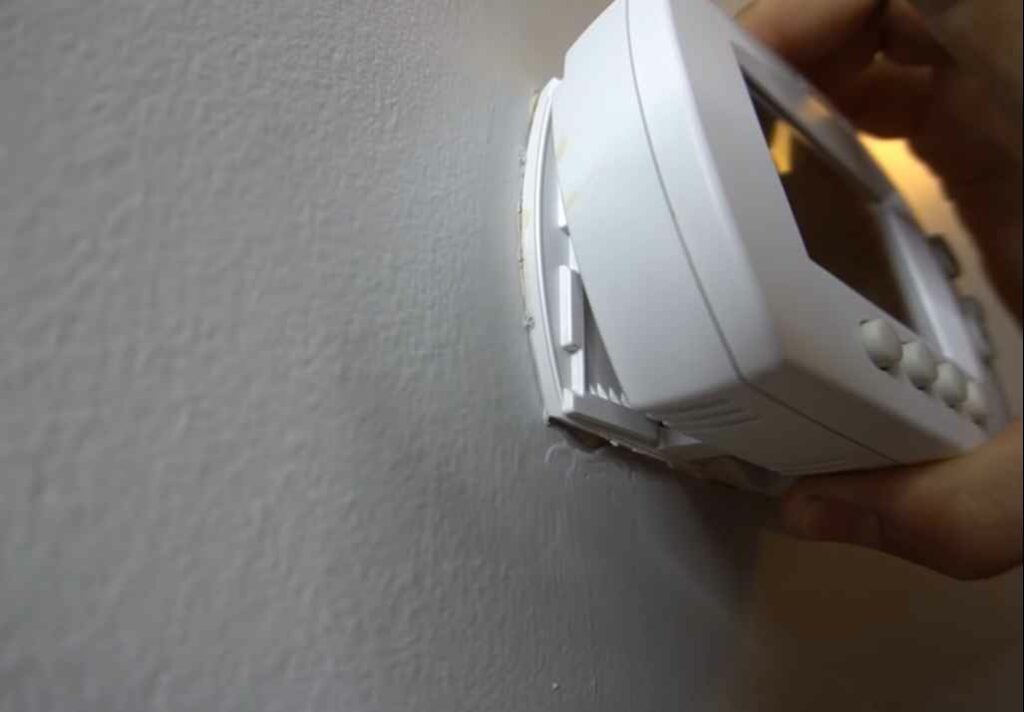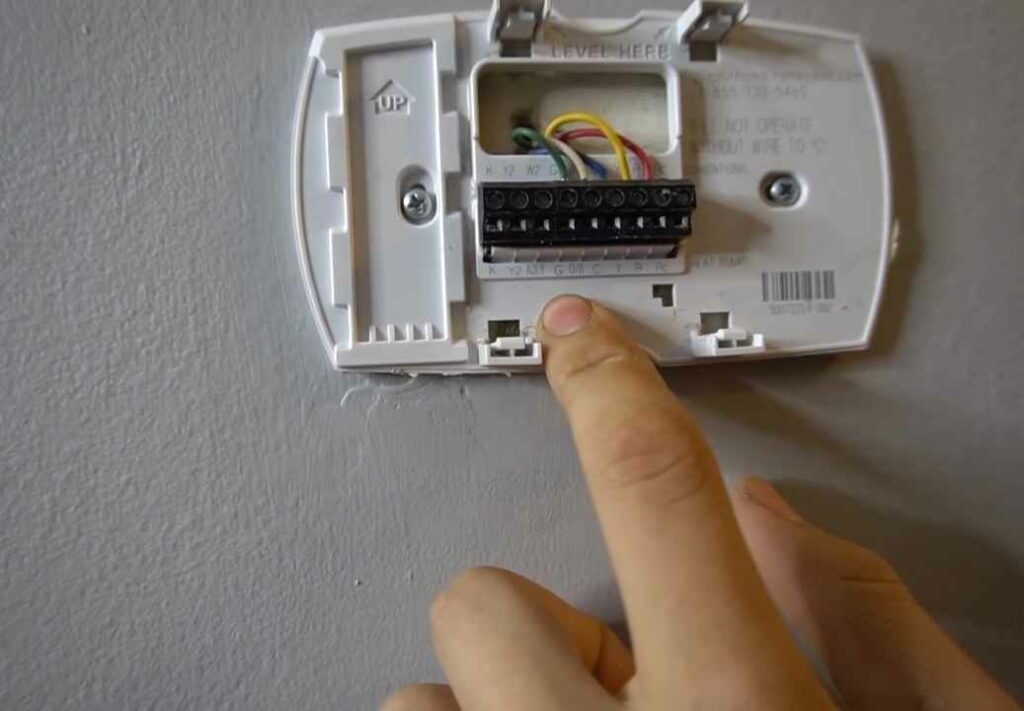If you find yourself in a situation where you need to override or bypass the thermostat at the control board, there is a simple method you can use.
To bypass a thermostat at the control board, locate the terminals labeled r, w, and y on the control board.
Remove the thermostat wires from these terminals and connect the r and w terminals together using a jumper wire or a twist connector.
This will bypass the thermostat and directly activate the heating system.
However, it is essential to proceed with caution and seek professional assistance if you are unsure about handling electrical connections.
This guide will provide you with the necessary steps to bypass the thermostat on the control board, ensuring you can maintain a comfortable temperature in your home.

Step 1: Locating The Control Board
- The control board is typically located near the indoor blower unit or furnace. Look for a rectangular metal panel with wires connected to it.
- In some systems, the control board might be housed within the blower unit itself, while in others, it may be found in a separate electrical panel nearby.
- If in doubt, refer to your HVAC system’s user manual or contact a professional technician for assistance.

Common locations for the control board in different types of HVAC units include:
- Furnace-based systems:
- Control boards are usually situated inside the blower compartment of the furnace.
- They might be located at the bottom, top, or side of the unit, depending on the manufacturer and model.
- Air handler systems:
- Control boards are typically found inside the air handler unit, which is responsible for circulating air in the HVAC system.
- Look for access panels on the front or side of the unit that can be removed to reveal the control board.
Step 2: Understanding The Wiring Configuration
- The control board serves as the central hub for all electrical connections in the HVAC system. It controls the functioning of the furnace, air conditioner, and thermostat.
- Typically, the control board contains various terminals for different connections, such as power, transformers, relays, sensors, and thermostats.
- It’s important to note that control board layouts can vary depending on the manufacturer and model of the HVAC system. Therefore, it’s necessary to refer to the specific wiring diagram provided by the manufacturer.
Locating The Terminals Associated With The Thermostat:
Locating the terminals associated with the thermostat on the control board is vital for bypassing it. Here’s what you need to know:
- Look for terminals labeled “r” or “rh” for the power from the thermostat.
- Another terminal to locate is the “c” terminal, which is the common wire connection.
- The terminal labeled “w” or “w1” is for the heating system.
- For cooling systems, the terminal marked “y” or “y1” is the one to find.
- In some cases, there might be additional terminals, such as “g” for the fan or “o/b” for the heat pump’s reversing valve.
Remember to always refer to the manufacturer’s wiring diagram for accurate identification of the thermostat-related terminals on the control board.
This understanding will help you proceed with bypassing the thermostat effectively.
So, let’s move on to the next step in our guide.
Step 3: Bypassing The Thermostat At The Control Board
- Locate the control board inside your HVAC system, usually found near the blower assembly or furnace.
- Identify the thermostat wires connected to the control board terminals by referring to the wiring diagram or color-coded labels.
- Carefully disconnect each wire from its corresponding terminal by loosening the screw or gently pulling them off.
Taking a picture or drawing a diagram of the wiring setup can be helpful for future reference.
Connecting The Appropriate Wires Together To Bypass The Thermostat
Follow these steps:
- Identify the wires that were connected to the thermostat’s terminals marked as “r” (power), “w” (heat), “y” (cooling), and “g” (fan).
- Using insulated electrical wire connectors, connect the corresponding wires together. For example, connect the “r” wire to the “w” wire, the “y” wire to the “g” wire, and so on.
- Ensure that each wire connection is secure and properly insulated to prevent any electrical issues or hazards.